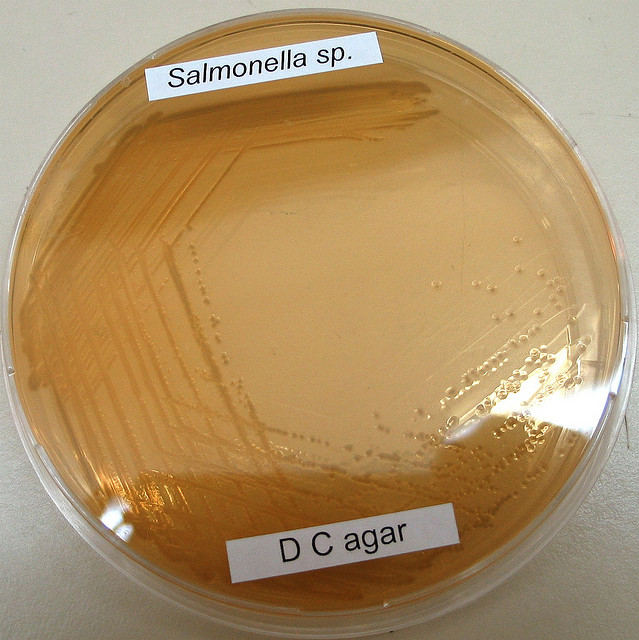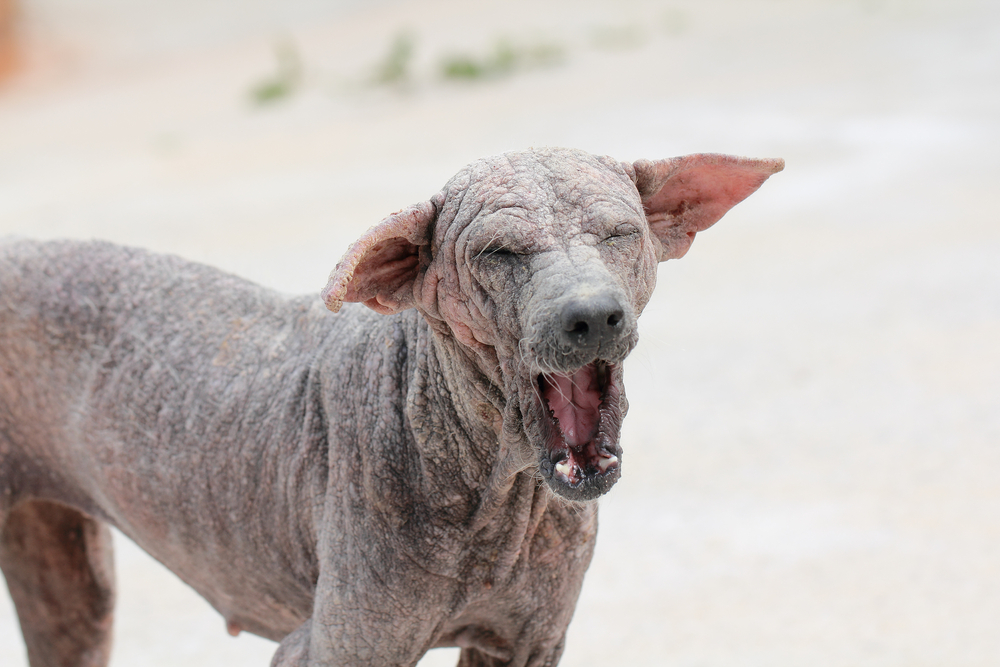When your dog gets ill, do you worry about catching it? Dr. Kathryn Primm, DVM, owner and practicing veterinarian of Applebrook Animal Hospital shares eight diseases you and your dog can give each other.
#1 – Rabies
Rabies is a deadly disease caused by a virus that attacks the nervous system. The virus is secreted in saliva. It is usually transmitted to people and animals by a bite from an infected animal. So if an animal is suspected of having rabies, notify your local animal control and/or health department. In unvaccinated humans, rabies is almost always fatal after neurological symptoms have developed.

#2 – Ringworm
Dermatophytosis or ringworm is a fungal infection of the skin. Although cats are more likely to be asymptomatic carriers, it is also common in dogs. Animals are often blamed for infections in children, but ringworm is also found in soil where children play.
#3 – Salmonella
Salmonella is a bacteria found in contaminated and undercooked food. It often makes people and dogs very sick. Some common GI signs include abdominal cramps, diarrhea and bloody stool. So I discourage feeding raw meats to your pup. To make poultry safer for pets and people, cook it to a minimum temperature of 165 degrees.

#4 – Leptospirosis
This is a bacterial infection that is spread through contact with the urine of an infected animal. Wildlife, such as mice and rats, are potential sources. Contaminated standing water is also thought to be a source. Infected dogs are also a potential source for humans handling their urine. So if your dog is sick with fever, lethargy or jaundice, please contact your vet immediately.

#5 – MRSA
Methicillin resistant Staph Aureus is more of a problem from humans to pets. I have treated these infections many times. They occur mostly in the ears and wounds. So if your pet has non-healing wounds or chronic recurrent ear infections, a culture at your vet is a really good idea.

#6 – Sarcoptic mange
Often called Scabies, sarcoptic mange is caused by tiny mites that burrow deeply into the skin. These create severe itching and irritation. Secondary infections are common for infected dogs. It is not only contagious between dogs but also infests humans. Humans are a “dead end” host, meaning the infestation will be self-limiting. So infected humans do not lose all of their hair like infected dogs can. However, the mites cause profound itching. If your dog is extremely itchy and missing patches of hair, call your vet right away. This is especially true if your dog has been around strange dogs, has been boarded or groomed with other dogs.
#7 – Ascarids (roundworms)
Roundworms can cause horrific skin and ocular lesions in affected humans. In most parts of the world, we don’t often hear about these cases. These incidents are thought to be higher in dense urban areas where children are more likely to come in contact with the infected animal feces. Contact with contaminated soil or dog feces can result in human ingestion and infection. So careful handling of dog feces is imperative. Always be sure to wash your hands after touching your pup or handling animal feces before eating.

#8 – Giardia
Giardia is a Protozoal parasites commonly found in contaminated drinking water. Infected dogs serve as a source for humans. And infected humans serve as a source for their dogs. Although it’s difficult to be sure that your dog never drinks from puddles contaminated with fecal matter, treating and filtering water when you’re outdoors is a great way to protect yourself. Also, encourage your dog to drink treated water when thirsty.



